Many motorists unfairly consider the cabin filter a minor part that does not require such attention, such as an oil filter element or. However, it plays an important role - it cleans the air entering the cabin from pollution. Therefore, the health and well-being of the driver directly depends on it.
Let us dwell in more detail on what a cabin filter is, what types of filters are and when to replace this part.
Purpose of the cabin air filter
The main task of the cabin filter is to remove particles, dust, debris and harmful substances from the air entering the passenger compartment of the car. While dust and debris don't have much of an effect on a driver's well-being, the pollutants emitted from the exhaust pipes of cars traveling in traffic can lead to serious health problems.
Studies show that when driving in urban conditions in a dense stream (for example, in a traffic jam or "toffee"), the concentration of fuel combustion products that are harmful to the body increases by 12-15 times.
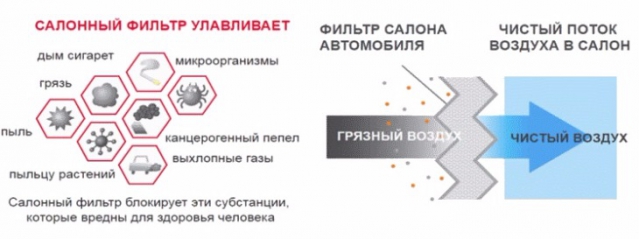
Exhaust gases contain several substances that are very dangerous for the human body:
1. Carbon monoxide.
2. Nitrogen oxides.
3. Formaldehydes.
The use of a filter helps to clean the incoming air from harmful impurities, protect the health of the driver and reduce pollution of the vehicle interior.
Varieties of cabin filters
From the design point of view, the internal air filter is a block of certain dimensions, usually rectangular with a filter material in the form of a corrugated plate. The frame around the perimeter is usually made of plastic and serves to protect the corrugation from crushing and hold the element in its nest.
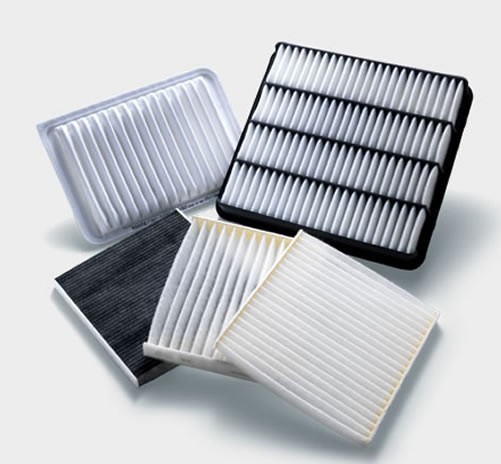
Depending on the material used for filtering, products are divided into two large groups:
1. Ordinary dust filters. They remove particles of dust and soot, as well as pollen and other allergic irritants from the air entering the car. The filter element is made of a special synthetic paper or fiber that does not allow foreign inclusions larger than 1 micron to pass through. The fiber purifies the air more effectively, as it becomes electrified during operation and acquires the property of attracting dust.
2. Unlike air filters, which purify the air for the internal combustion engine, cabin filter elements are less dense and more permeable. This is due to the fact that the cabin ventilation system is not able to create how powerful air flow. Filters of this type are not capable of retaining toxic gases and hazardous chemical compounds that may be present in the outboard air.
3. Charcoal filters. They are based on a filter element containing activated carbon. It is a porous substance with a large surface area, which is capable of adsorbing a large amount of harmful compounds. This happens due to the presence of many nanopores on the surface of the substance, which draw in the molecules of other substances.
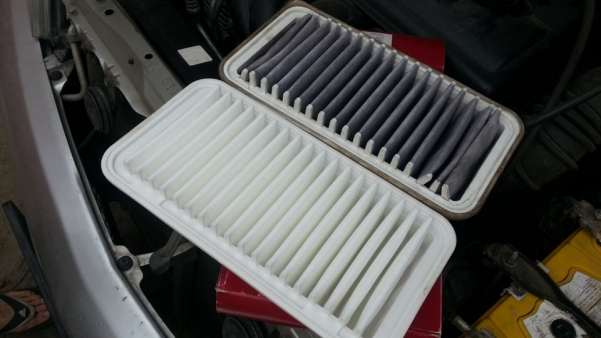 White is a regular filter, and dark is a charcoal filter.
White is a regular filter, and dark is a charcoal filter.
For automotive carbon filters, activated carbon is used in granules of approximately 0.5 mm. They are fixed on a special textile substrate. This type of filter element usually has several layers - carbon and conventional, due to which a high quality of purification of the incoming air is achieved.
There are only two disadvantages of a carbon filter - the inability to capture carbon monoxide and the high cost of the product. However, its price is fully justified by the high quality of air purification.
The location of the cabin filter and the procedure for replacing it
Despite the design differences of cars from different manufacturers, the appearance of the filter usually does not differ much. However, the location of its installation may be different in different vehicles.
There are the following options:
Under the front panel in the area of the passenger seat behind the glove compartment.
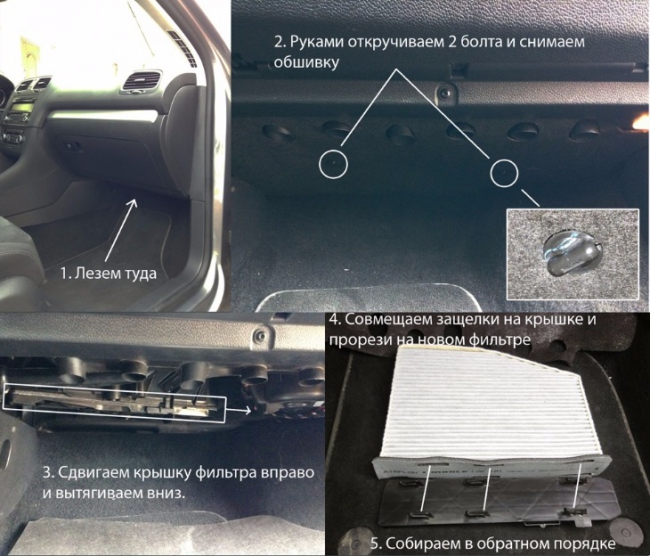 In the photo - replacing the cabin filter Volkswagen Golf MK6. In most modern cars, the filter is located under the glove compartment and replacing it with your own hands is not difficult.
In the photo - replacing the cabin filter Volkswagen Golf MK6. In most modern cars, the filter is located under the glove compartment and replacing it with your own hands is not difficult.
Under the hood on the driver's side.
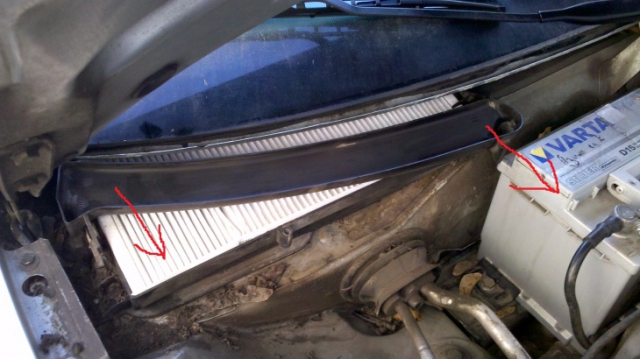
Near the steering column above the pedals.
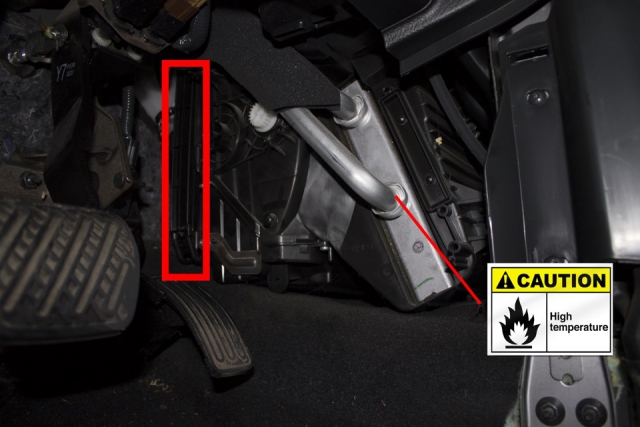
The procedure for replacing the filter may vary depending on the vehicle model. Therefore, if it is necessary to replace it, it is recommended to seek help from service station specialists. Otherwise, there is a risk of wrinkling the edge or bending the filter frame, loosely seating the filter in the seat, or damaging the seat of the filter element.
Replacement intervals and signs of clogging
As a result of operation, the filter pleats become clogged with debris, which requires replacement of this part. The specific replacement period is indicated in the vehicle's operating instructions and is usually timed to coincide with the scheduled maintenance of the vehicle.
However, in some cases, this procedure may be needed more often. For example, if the machine is constantly operated in conditions of strong gas or dust. Reducing the life of the filter is recommended in the following cases:
Constant driving in the countryside and on unpaved roads.
Riding during the flowering of flowers and trees that shed a lot of petals, fluff, etc.
Movement in large metropolitan areas, where traffic jams are often formed on the roads.
In addition, the quality of the purchased product also affects the frequency of replacement. If a good filter from a reliable manufacturer serves from 15 to 30 thousand km. kilometers, then a low-quality fake may not last even 50% of what is required according to the regulations.
 Dirty filter - replace immediately. Life threatening.
Dirty filter - replace immediately. Life threatening.
Symptoms that indicate the need to replace the cabin air filter element are:
1. Deterioration of the efficiency of the ventilation system. For example, if, according to subjective sensations, the air flow from the ventilation holes has become smaller when the fan is on.
2. The appearance of an unpleasant smell in the cabin while there are no external reasons for its appearance.
3. Accumulation of water condensate on the inner surfaces of the glass in the car interior.
Some vehicle owners do not change filters for new ones, but clean the cabin filter themselves. This is not recommended, but no means can restore its original properties by 100%. Especially if a carbon filter is used, which works at the molecular level.







